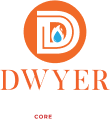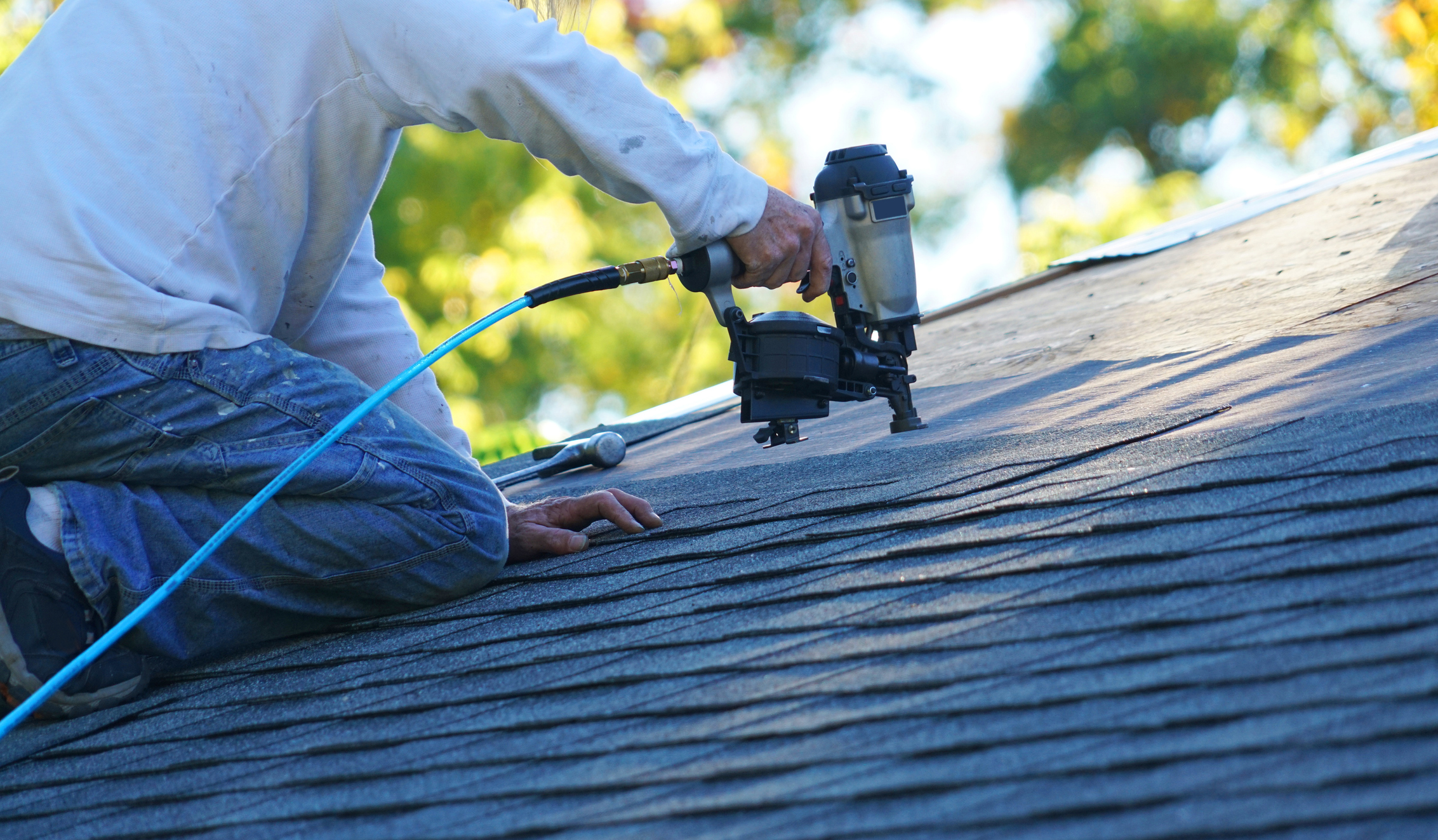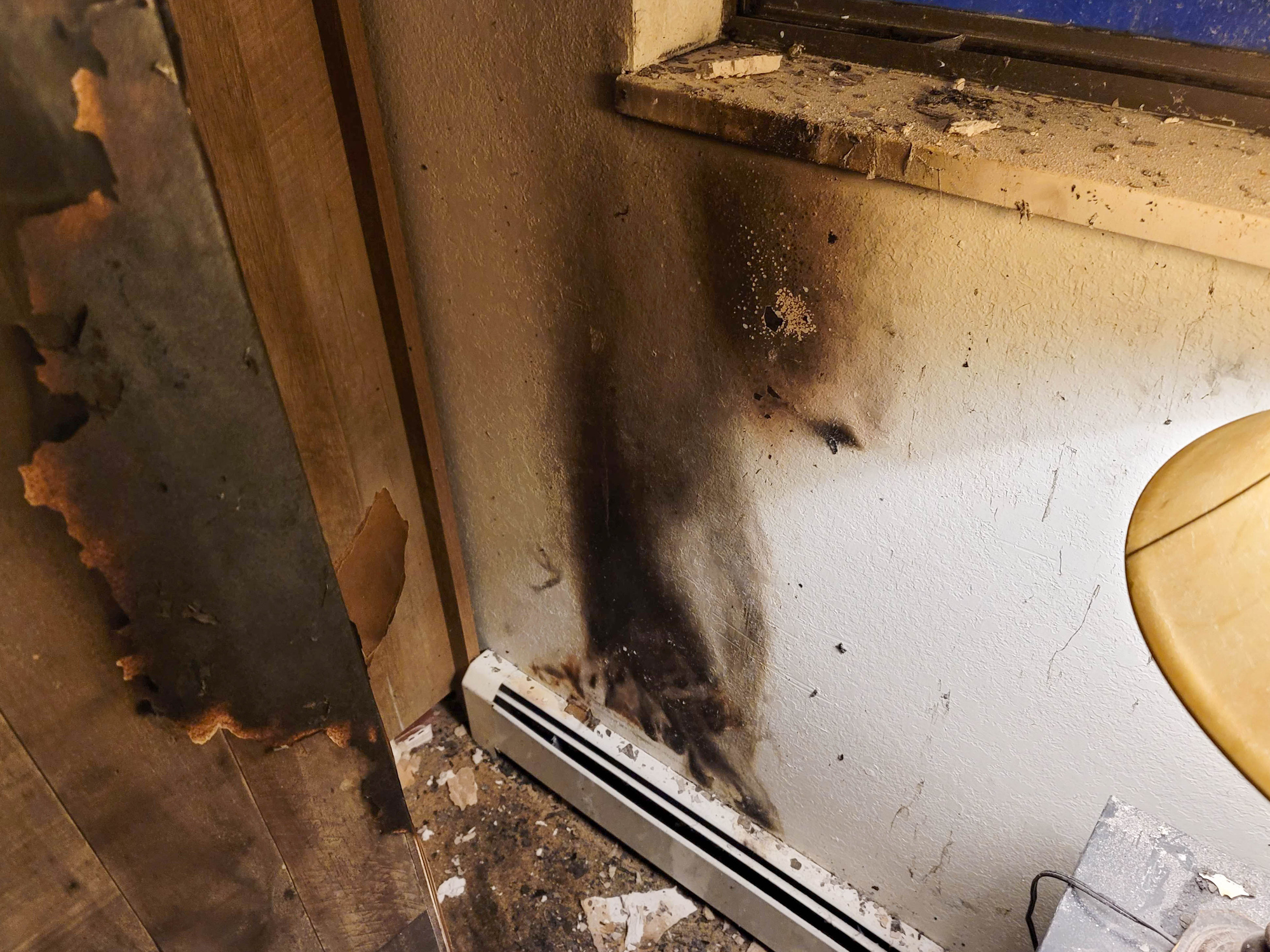When water invades your home—whether through a flood, a burst pipe, or a leaky roof—it does more than just soak your belongings and disrupt your life. Beyond the immediate and visible devastation, water damage can have a profound, often overlooked effect on an essential component of your home: its insulation. Understanding the impact of water on your home’s insulation is critical not only for restoring the comfort and energy efficiency of your space but also for ensuring the long-term health of your building’s structure.
Why Insulation Matters
Before diving into the effects of water damage, it’s important to understand the role of insulation in a home. Insulation is designed to resist the transfer of heat; it keeps your home warm in the winter and cool in the summer, contributing to overall energy efficiency and comfort. It also plays a role in soundproofing and, depending on the type, can impact the moisture and air flow within wall cavities.
Immediate Consequences of Water Exposure
Reduced Insulation Efficiency When insulation gets wet, its thermal resistance drastically decreases. Materials like fiberglass or cellulose can clump and settle when soaked, leaving gaps in the coverage. This reduction in effectiveness can lead to noticeable changes in your home’s temperature and an increase in heating and cooling costs.
Mold and Mildew Growth Wet insulation provides a perfect breeding ground for mold and mildew, particularly if the insulation is organic-based like cellulose. Mold can spread quickly throughout the insulation system, posing health risks and further reducing insulation efficiency.
Long-Term Structural Risks
Compromised Structural Integrity Water-damaged insulation can affect the structural elements of a home. Over time, persistent moisture can lead to wood rot in the framing, which compromises the structural integrity of the building. This kind of damage is not only difficult and expensive to repair but can also be dangerous if not addressed promptly.
Corrosion and Rust In homes with metal components within the walls, prolonged exposure to moisture can lead to corrosion and rust. This not only weakens the structural elements but can also deteriorate any metal fasteners, wiring, or plumbing that may be embedded within or near the insulation.
Detecting and Addressing Water-Damaged Insulation
Inspection and Assessment The first step in tackling water-damaged insulation is identifying the extent of the damage. This often requires a thorough inspection by professionals who can assess not just the visible areas but also those hidden within walls and ceilings. Specialized moisture meters and thermal imaging cameras are tools commonly used in such inspections.
Removal and Replacement If insulation has been water-damaged, it generally needs to be removed and replaced. While some types of insulation, like certain foams, can dry out and potentially retain their insulative properties, most commonly used materials like fiberglass or cellulose need to be completely replaced to ensure they don’t compromise the home’s thermal efficiency or air quality.
Preventive Measures and Restoration Repairing water-damaged insulation involves more than just replacement. It’s essential to address the source of the water damage to prevent future issues. This might mean repairing a leaky roof, waterproofing foundations, or improving drainage around the home. Additionally, installing vapor barriers or using mold-resistant insulation types can help protect against future water damage.
Restoring Comfort and Safety
The process of replacing water-damaged insulation and restoring a home’s energy efficiency and air quality can be daunting. However, it’s a critical step in maintaining not only the comfort and cost-effectiveness of your living environment but also the structural health of your home. Professional restoration services can guide homeowners through this process, ensuring that insulation is restored correctly and efficiently, ultimately protecting the investment in their home.
Conclusion
The hidden impact of water on a home’s insulation is a serious concern that should not be overlooked. Whether you are dealing with the aftermath of an emergency or planning preventive maintenance, understanding and addressing the potential issues with water-damaged insulation is key to maintaining a safe, comfortable, and energy-efficient home. Remember, the health of your home depends significantly on the integrity of its unseen components. Make sure your insulation is giving you the protection you need.












